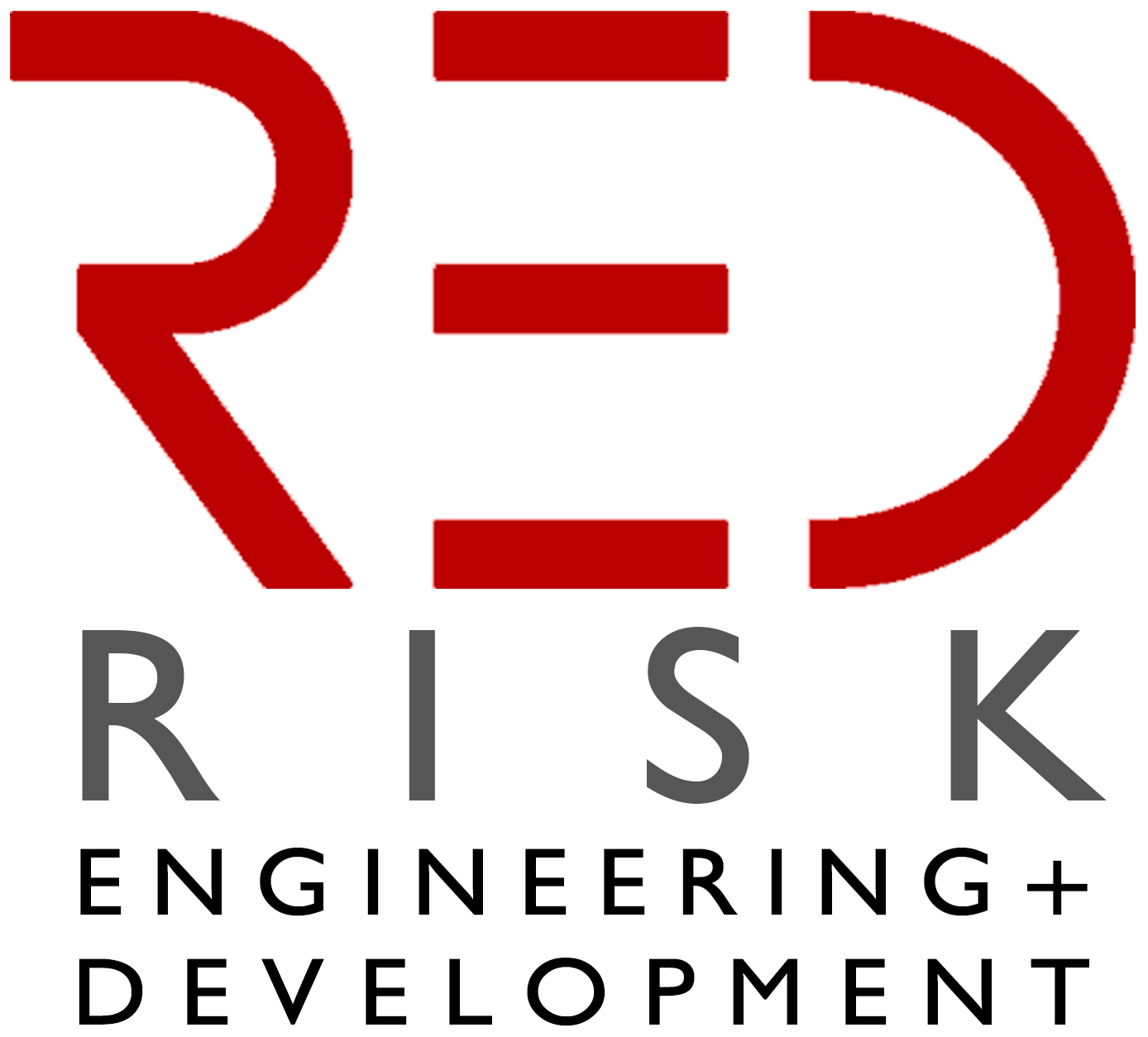Risk Assessment
Understanding flood,drought and earthquake risks is a complex task. At RED, we employ the most updated models to disentangle this complexity and provide clear answers to our clients.
For every type of disaster, such as floods, droughts and earthquakes, we offer the following services:
Natural disasters, such as floods, droughts or earthquakes, can cause severe economic losses. Risk models are toolboxes that allows insurance/reinsurance companies and governmental organisations quantifying the risk of the occurrence of a specific natural extreme event or disaster in economical and financial terms. Risk modelling combines hazard models, exposure data and vulnerability models to produce estimates several economical indicators, such as average annual losses or loss exceedance probability curves, or simply estimates of number of people/dwellings/businesses affected.
RED offers the most up-to-date modelling tools to produce tailored loss metrics (annual average losses, exceedance probability curves measuring the mean annual rate of exceeding a loss value, mean return period loss tables, event loss tables). RED’s expertise in the field of earthquake and flood risk covers several regions of the World, under several scenarios of data availability and employing novel techniques for data processing and assimilation.
Natural disasters need to be analysed from a broad perspective, both from the point of view of physical mechanisms that drive them and from the point of view of their impacts.For example, large floods or droughts are caused by meso-scale phenomena that must be assessed at the regional scale. In a similar way, natural disasters can affect a country’s GDP in many ways, depending on their severity and location of occurrence, with different implications on decision making.
RED can offer regional multihazard analysis as well as national risk evaluation, based on previous experiences in Europe, Africa, Asia, North America, Central America and the Caribbean. RED holds knowledge, expertise and data related to risk assessment of natural disaster in several countries in the World. RED’s national scale risk assessment studies can be of interest for governments, international organisation and insurance/reinsurance companies looking to quantify their economical exposure to natural risks on a large scale.
While loss metrics like average annual losses or loss exceedance probability curves might be a very accurate way to assess risk by natural disasters, they do not provide useful information for the quick response to their occurrence. After a natural disaster, insurance/reinsurance companies and governmental institutions need to quantify their impacts rapidly in order to prepare for economical compensations and to plan a response. Modelling tools based on reliable and robust real-time or quasi real-time data are needed to face this issue.
RED has a knowledgeable experience in developing quasi real-time platforms for rapid loss assessment after natural disasters such as excess rain, floods or earthquakes. RED can offer customised tools based on real-time data assimilation from satellite, reanalysis or other regional-to-global scale products, using up-to-date hazard models and detailed exposure databases. RED can also offer the development of web-based tools for a quick and user-friendly management of the post-disaster phase.
The impact of disasters must be recorded with a sufficient level of detail in order to deal with compensation, mitigation and response. In the past, data needs were addressed on an ad hoc basis, which included collecting the information at the time of the emergency. However, there is growing awareness regarding systematic data collection to help achieving full natural risk resilience and to identify and address disaster risks.
Drawing from the most updated global databases and using novel and reliable models, RED can provide natural disaster loss databases for every need. Detailed information can be supplied regarding population affected, economical impacts, business interruption impacts, number of residential building affeted, etc.
Natural disasters can trigger technological disasters. Many technological facilities such as fuel storage plants, chemical plants, power generation plants, etc., are located in natural hazard-prone areas. A natural event triggering a technological disaster is usually called NaTech, and can pose tremendous risks to regions which are unprepared for such events.
RED offers preliminary and detailed NaTech analysis, based on the risk assessment knowledge developed over the years. New hazard modelling technique are coupled to hybrid mechanistic/stochastic vulnerability curve development methodologies to obtain a comprehensive list of hazardous consequences and their correspondend probability.




